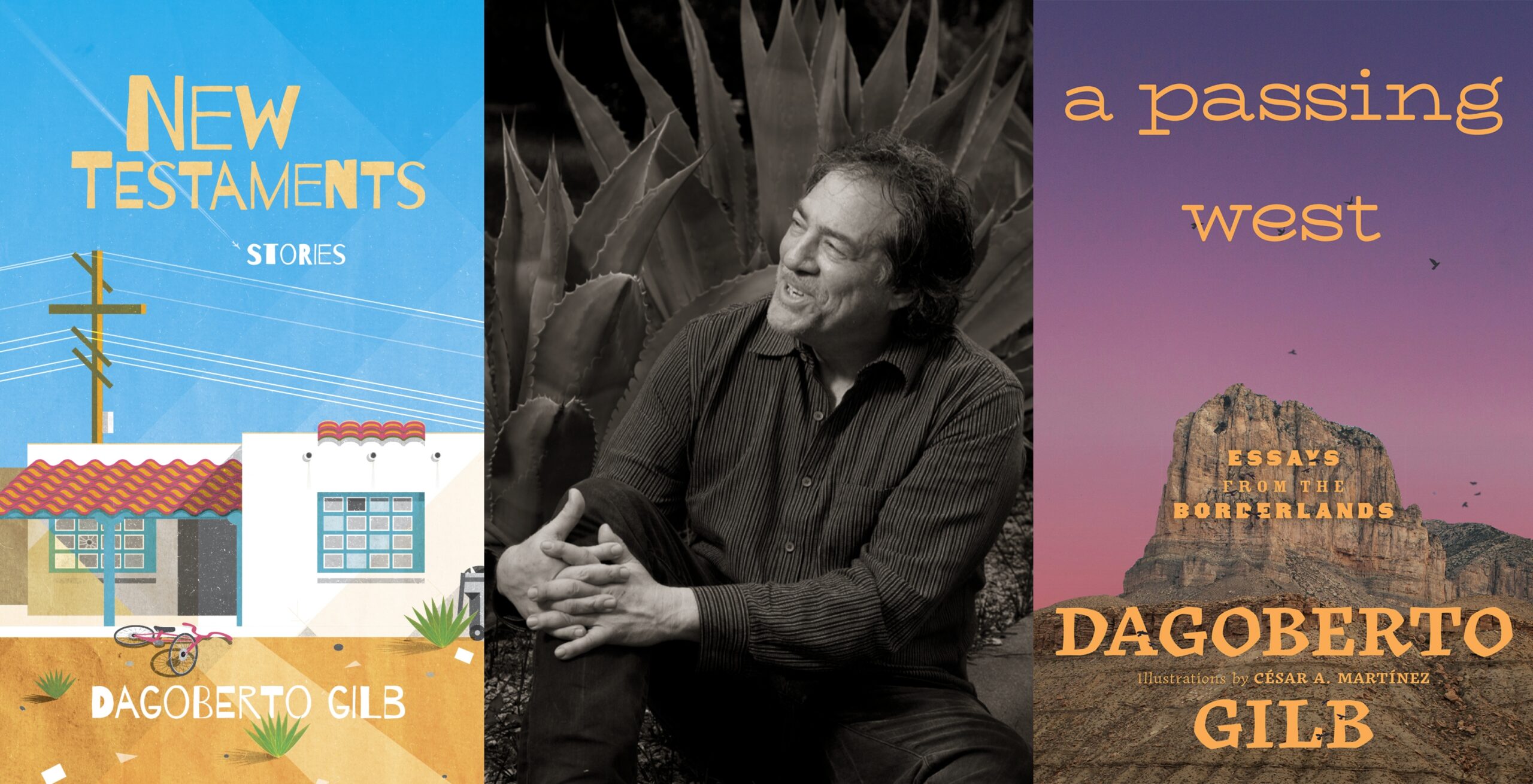The Zellner Brothers Embrace Awkwardness
A version of this story ran in the February 2012 issue.
Ever since the Hollywood studios realized back in the 1990s that there was money to be made in hitching their wagons to the careers of up-and-coming independent filmmakers like Quentin Tarantino, Robert Rodriguez and Edward Burns, the Sundance Film Festival has been struggling to maintain its identity as a home for movies produced outside the studio system.
The Zellner Brothers, David and Nathan, make movies far, far outside of the studio system. They always have. They started with shorts shot on camcorders in basements and backyards when they were kids. Then they grew up and David, the elder, attended film school at the University of Texas at Austin, where their cinematic style began to take shape—quirky character studies and celebrations of the fine comic arts of awkwardness, deadpan mugging, and odd accents. They got their first film, Flotsam/Jetsam, into Sundance in 2005 after several years of rejection, but that success sparked a remarkable run. There was the absurdist Southern Gothic Redemptitude in 2006, then 2007’s Aftermath on Meadowlark Lane, in which the brothers scream at each other on a country road while dressed as mariachis. Then came their first Sundance feature-length film, Goliath, in 2008, about a man who slowly unravels when his cat disappears. The short triptych Fiddlestixx followed in 2010, a sort of Technicolor Atari tribute to Samuel Beckett and Japanese variety shows starring a gibbon in a diaper. Then, in 2011, Sasquatch Birth Journal 2, which is, ostensibly, the quite literal video birth journal of a sasquatch.
Last month David and Nathan Zellner premiered their latest feature, Kid-Thing, at Sundance as part of the NEXT program, inaugurated in 2010 to highlight films shot on extremely small budgets.
The Zellners refused to tell me just how extremely small their budget was, but they did talk about the inspiration for their film about a lonely, embittered 10-year-old girl who discovers a woman trapped in an abandoned well in the woods.
“We wanted to combine the elements of a naturalistic coming-of-age story with the haunting qualities of a fable,” said David, the film’s writer and director. “We wanted to do a movie that centered around a particular childhood that wasn’t sentimental or maudlin at all, and that was from the perspective of the kid. We wanted to embrace the beauty and the horror of the situation she was in.
“Plus, I’ve always been kind of obsessed with wells and holes in the ground.”
It’s no easy trick shooting a film that requires a 10-year-old to carry almost every scene. But the Zellners have built their aesthetic around embracing and exploring the intricacies of conversational awkwardness, rather than pretending it isn’t there. Instead of clever edits and coverage shots to smooth the bumps out, we get long, long takes with uncomfortable pauses and actors who don’t know what to do with their hands, making Kid-Thing feel both theatrical and painfully real—as natural as childhood loneliness and as contrived as a woman down a mystery well.
“We definitely wanted a slow burn,” said Nathan, who produced and edited. “Long takes, letting the action unfold on its own terms rather than making it with the editing. Partly for aesthetic reasons but also for performance reasons. Since the little girl is in almost every scene in the movie, we thought it would be fun to have her performance unfold naturally, since so many performances with children feel manufactured.”
That kind of fearlessness in the face of the uncomfortable, not to mention the pair’s seeming indifference to whether action leads logically from incident to incident, may explain both their enormous success getting into Sundance and their rather qualified success beyond the festival. Goliath was picked up for distribution by IFC Films after screening at Sundance, and David Zellner has managed to get script options for some of their films. But an uncompromising and uncompromisingly quirky aesthetic worldview can apparently only take you so far in commercial life. Even with the imprimatur of Robert Redford’s festival, the Zellner Brothers seem condemned to semi-obscurity, NEXT programs, and next-big-thing profiles. As long as Sundance continues to roll out the red carpet for films starring the hottest new thing in Hollywood and funded by multi-million-dollar boutique studios passing themselves off as “independent,” obscure and daring movies like Kid-Thing will continue to both live and die on the fringes of the indie world.
All one can do in that kind of situation is what the Zellner Brothers do: hope people see your movie while they can, hope to sell it for enough money to fund the next one, hope it takes on a life of its own, and continue to embrace the awkwardness.


